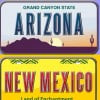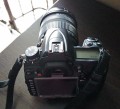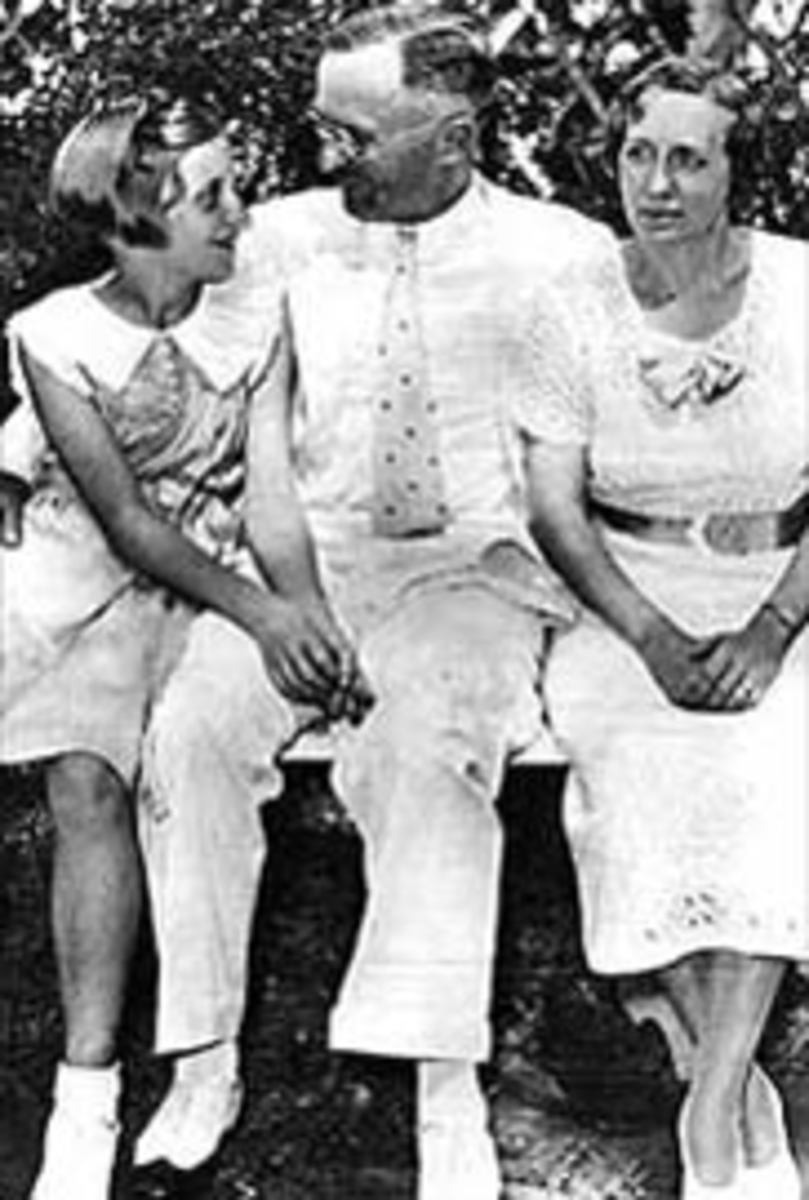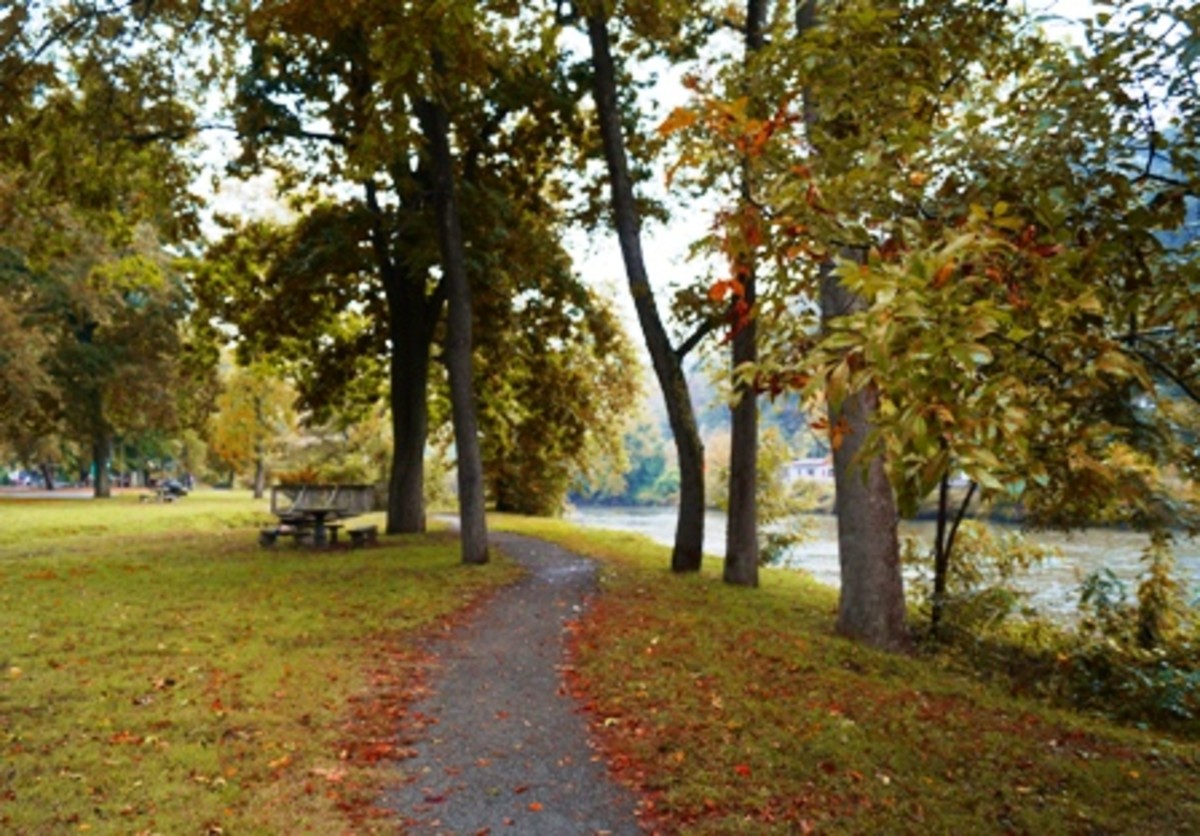Travel Photography For Beginners
Banff Canada
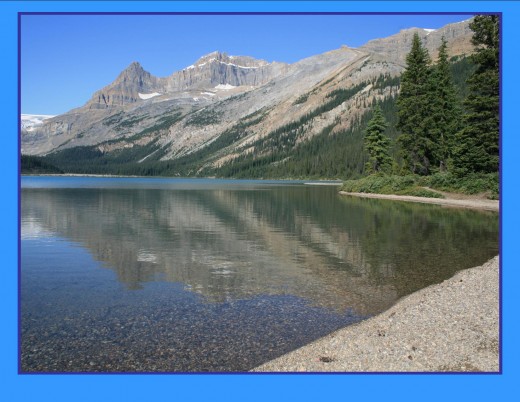
Basic Photography for Beginners
At first I thought I was the worst possible person to write an article on travel photography for beginners. Then it occurred to me that by my very lack of technological know-how I may be just the person to write such an article.
I also have a closet full of travel pictures from the 1970’s to the present. Some of them aren't very good. Some are pretty darn good. I like taking pictures!
I have reduced how to take a good picture down to some very few components. I am not the best at applying too many technicalities. For example, I worked in offices for nearly thirty years and to this day it takes two or three tries to get the staples in the stapler correctly. I KNOW how it is done, I am kinetically deficient. I am all thumbs.
So, here is what I have learned from thirty years of traveling and taking pictures on every continent except Antarctica. (It is too cold in Antarctica for my travel tastes.)
Rio Grande Valley, New Mexico
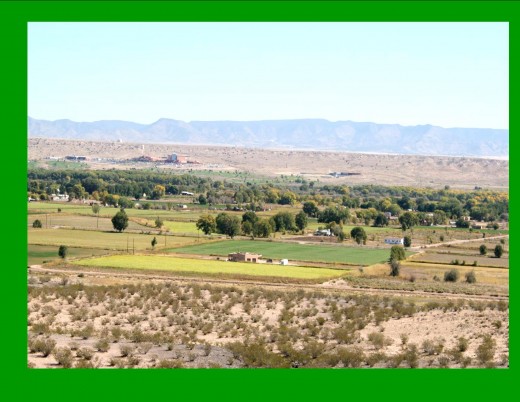
Icelandic Poppies
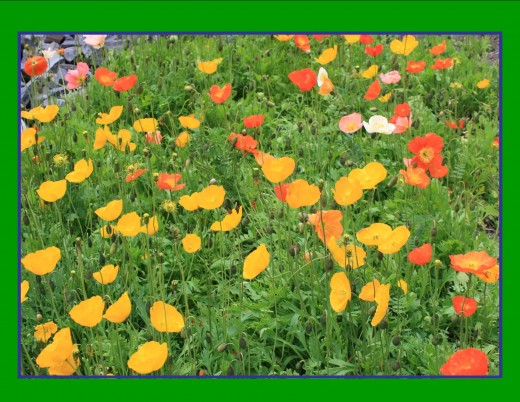
1. Digital Cameras
Buy a nice digital camera. Make sure it has fully automatic functions. That means you put it on automatic settings, point and shoot! I like the picture to be exactly what I see through the view finder so that means I buy an SLR, single lens reflex camera. An SLR is a method whereby there are mirrors in the camera that cause some reflective magic whereby what you actually see in the viewfinder IS exactly what you are taking a picture of. Give me a non-SLR and I will cut off your head while you blow out those birthday candles.
The camera will have automatic settings labeled, close-up (flowers), sports (sports and out a bus or car or train window,) landscape, portrait (people or pets,) and full auto. I like the specific labels and use them rather than the full auto. I have lots of bus shots done on the sports setting. The sports setting is fast and will stop motion and not give you a blur (most of the time.)
Make sure you can download the images to your computer. The camera should come with a nice little cord that affixes to the camera and to your computer. Note, make sure the camera is switched off until it is completely connected to the computer. A power surge from the computer may damage your camera if you plug it into the computer while the camera is switched on.
Also, make sure the camera has enough picture capacity. How many pictures can it take? Do you need additional storage chips? This depends on how many pictures you plan to take before you can get to your computer and download the photos in your camera. Buy storage chips that go in the camera if you are going on that once-in-a-lifetime Europe trip and plan on taking hundreds of pictures. Fill up the chip, remove it and insert another one.
You need lots of pixels too. Pixels are how many little dots make up the image that you see. The more the pixels the better the picture will blow up when you down load it to your computer. My camera has 15 mega-pixels. That is enough for me.
Lastly, I recommend that you read the literature that comes with the camera no matter how boring it is. I have read/skimmed the literature and when I have a problem I have a vague recollection where in the literature that I can find help. Also, find the web site for your particular camera model and bookmark it. Heck, download it. You never know when you will need that information.
Put the disc from the camera that goes into your computer in a safe and organized place. You never know when you will need it!
Museum Banff Canada with Low Lighting
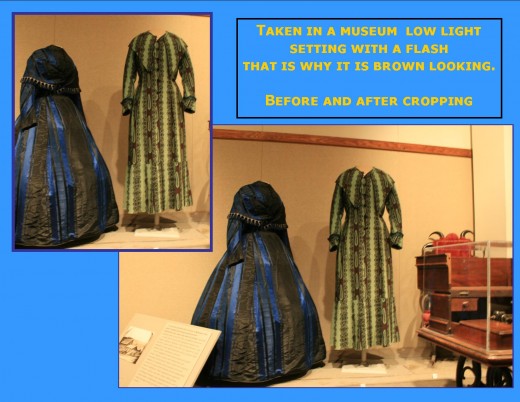
2. LIGHTING
Light is one of the most important considerations. You need to take pictures in natural bright light whenever possible. Don’t face the light. Keep the light at your back. If you are taking a picture of people try to NOT have them directly face the light either as all you will get are squinting people! So, the light should come from the side. Light from the sun is brighter and shows color better than light generated by all man made lighting. If you take a photo in a less than perfect lighting situation, your camera should automatically flip up the flash and compensate for you. But do remember that the flash light does not radiate more than 10-15 feet out. It also will cause a glare. Take a look at the picture on your camera’s view screen and gently correct how you point your camera if the picture is all glare. Sometimes, I use glare as a neat picture addition! I have all kinds of pictures with reflections in them and I just say I am artistic.
Annie May in South Dakota
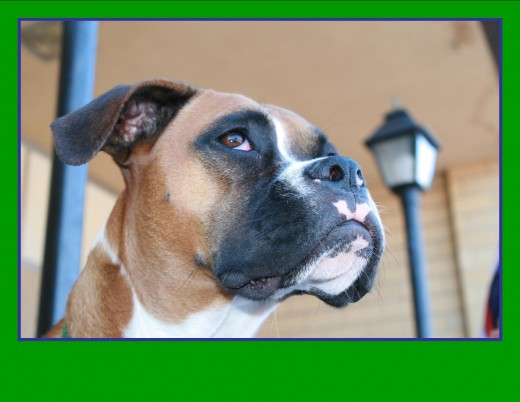
3. Framing.
Frame your picture with the subject in the middle of the frame. This will keep your subject in focus. Remember, you have purchased an SLR so people will really be where you see them in the camera sight.
You can correct many framing mistakes if you have a camera with lots of pixels and a basic computer manipulation program. This means you chop the picture up and re-position the center of the photo with a basic computer program. Many cameras will allow you to focus up on a subject by gently holding the shooting button down, and then moving the center of the picture frame up, down, left or right and then when you shoot the item you focused up first will be what is focused on even though it is no longer the center of the picture.
4. Take a Class
DO take a basic camera course at your local community college or photography store. Make sure it is a basic course. This means you are taught basic operation of your SLR digital camera. Talk with the teacher BEFORE the class and then buy a camera before you take the class. Play around with the camera. Give yourself permission to make all the mistakes you want. Take the ego out of this or you will never get the hang of your new camera.
5. Photography Manipulation Program.
Learn a basic computer picture manipulation program. Here is what your program should be able to do; download, re-size, cut-up, and shrink and enlarge. Remember, I am not a techno person, so I work with Microsoft Publisher. That is it. No fancy programs for me. It is the same program you do the church newsletter with, make out invitations, and birthday cards with. I think it is pretty darn intuitive and the symbols at the top of the page do exactly what they say they will.
If there is not a program you are already familiar with, do take a class at community college or join a camera club.
I am taking my own suggestion here and joining a camera club. I hope to find someone who uses another program and learning an additional program.
5. Storage
Store your pictures in a couple of places. There are free on-line storage services and there are computer back-up systems you purchase yourself. You can simply print them or put them on a disc or fill up a thumb drive. You may also Email them to a store and have prints and or discs made for you. The storage method doesn't have to be elegant but if your computer crashes you risk loosing all your photographs. ACK!
Take a look at the storage web site for Snapfish: http://www.snapfish.com/snapfish/welcome
Conclusion
I currently have the best camera that I have ever owned. It is a Canon Rebel model. I am a Canon person because that brand was the first good camera I ever owned and therefore, I know how to use that brand. While I recommend Canon I know there are other brands that will be very suitable.
So, I hope this helps a bit. If you love taking pictures and are not very technical, this may indeed, be quite helpful! By the way, do not even show this article to your camera techno friends and family.
Keep snapping those pics!
Travel and Family Pictures
- New Mexico Travel Guide
Travel New Mexico anytime. Albuquerque Balloon Fiesta 2012 Preview. All things New Mexico for the traveler. - Fun Things To Do to/from Balloon Fiesta New Mexico: ...
Balloon Fiesta things to do around and about in New Mexico. New Mexico Farm and Ranch Museum in Las Cruces New Mexico. History, tractors, Route 66, Smokey the Bear, Hatch chilis, stagecoaches. - El Morro Park On Your Way to the Albuquerque Balloon...
Petroglyps to Wagon Trains at El Morrow National Park - Happy Birthday Kids Party!
A how-to for a Kids birthday party the easy and fun way!
